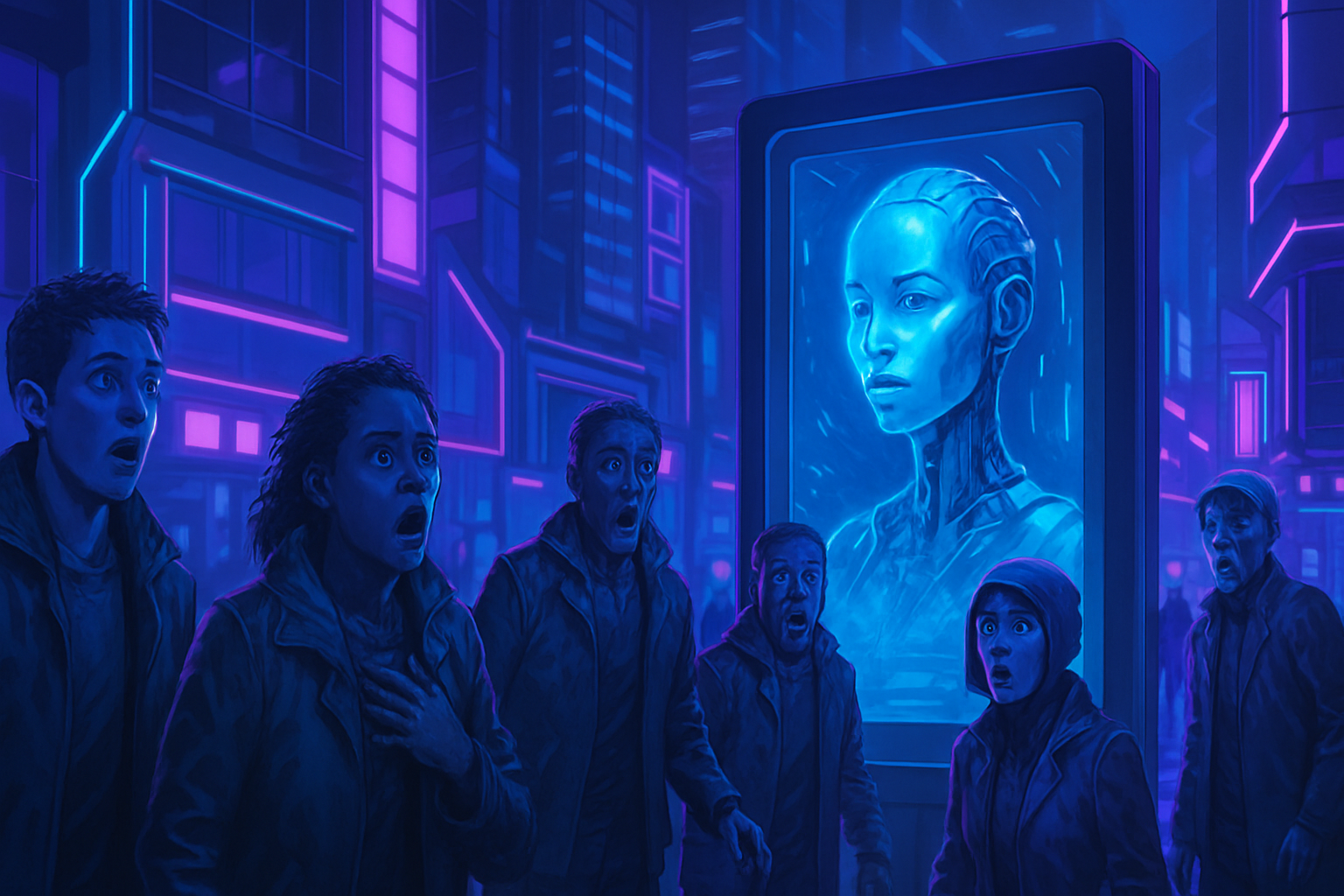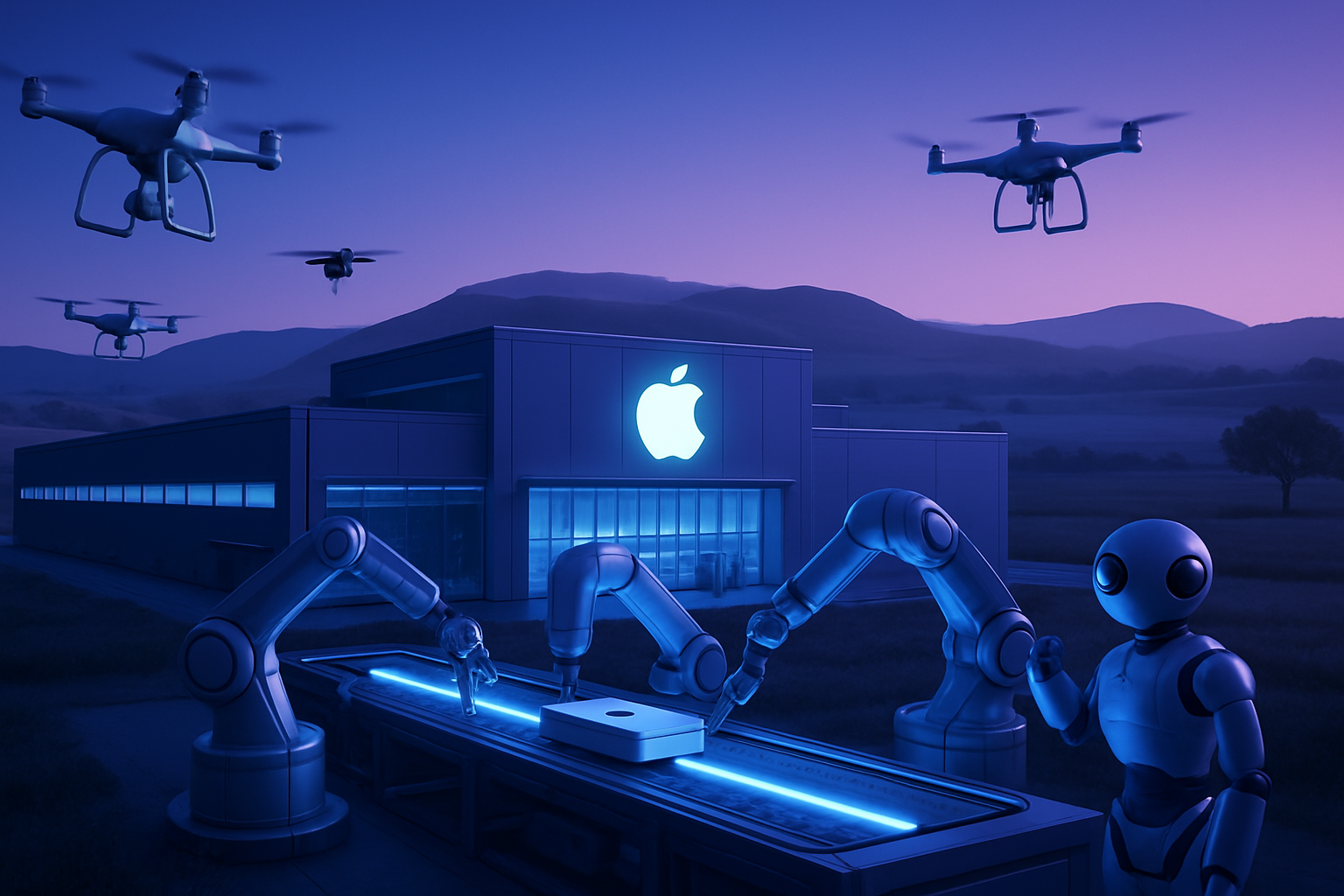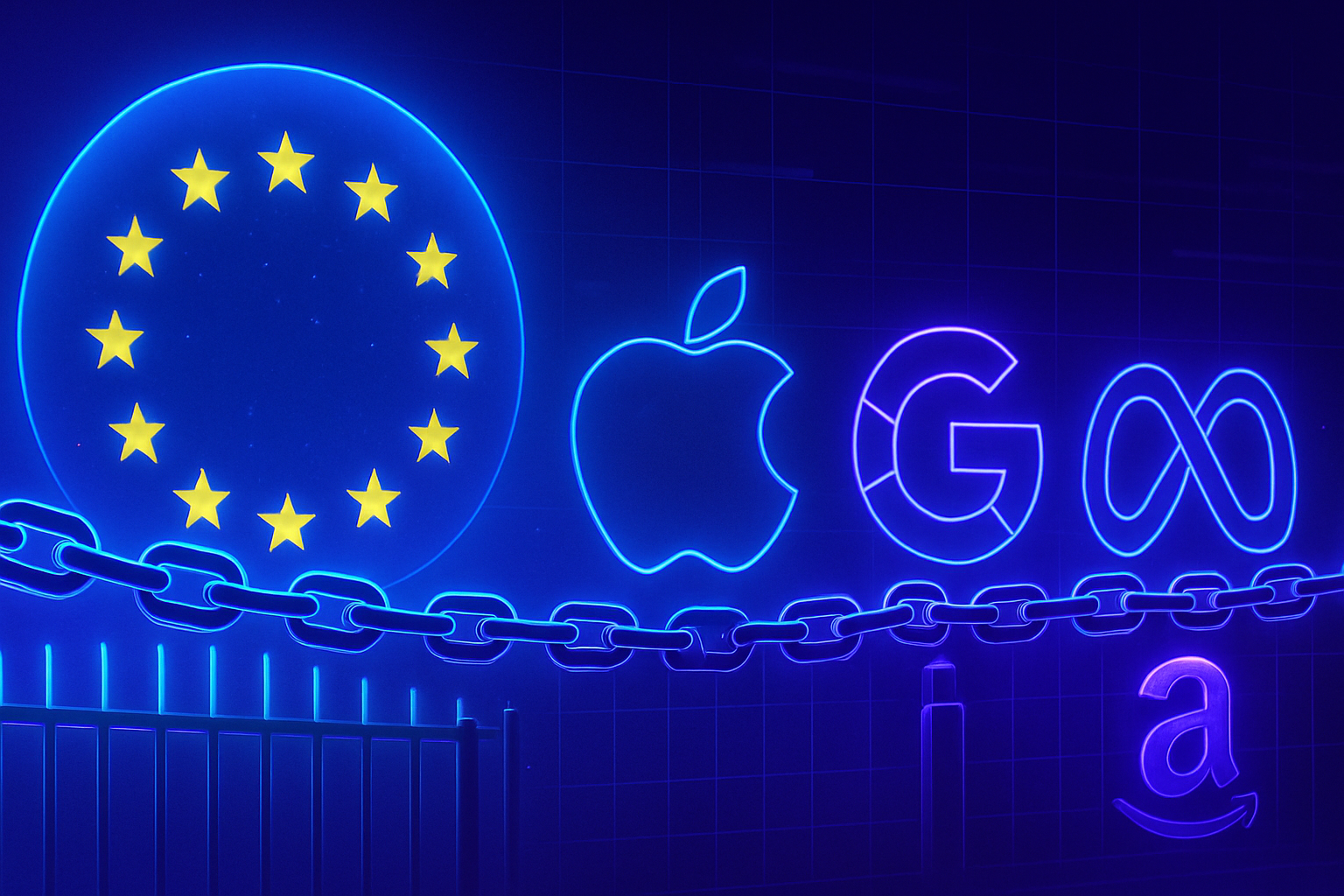Synthesia, a pioneer in the creation of AI-generated avatars, stands out with a significant innovation. Its partnership with Shutterstock transforms video production. This strategic alliance aims to enhance the representation of emotions and human interactions in its creations. More realistic avatars face the challenges of the creative sector. By using professional video footage, Synthesia aspires to enrich its AI models while sparking fervent debates about copyright. This development raises questions about the future of digital creativity.
Synthesia and Shutterstock: A Strategic Alliance
Synthesia, a British startup valued at $2 billion, is committed to deepening its use of artificial intelligence by signing a partnership with the stock footage company Shutterstock. This agreement aims to enhance the technology for generating digital avatars. Synthesia will pay Shutterstock an undisclosed sum to access its vast library of corporate video footage, intended to train its latest AI model.
Improving Avatar Performance
The integration of these video clips should allow Synthesia to develop avatars with more realistic reactions, both in terms of facial expressions and vocal tones and body language. The development of this technology is distinguished by its ability to simulate human interactions, utilizing a range of varied scenarios.
Licenses and Compensation for Actors
Synthesia utilizes actors’ likenesses under licenses lasting three years. Each actor involved in the videos receives compensation, corresponding to a maximum of six hours of work for the creation of their avatar. This method underscores the company’s commitment to valuing the contributions of artists.
Reactions to Copyright Issues
This partnership is developing against a backdrop of increasing tensions between AI companies and creative sectors. Synthesia, while respecting copyright, is aware of the challenges associated with the use of protected content. The British government is considering relaxing copyright laws to facilitate the use of such content, a move that does not have unanimous support among creative professionals.
Diverse Applications of Synthesia Avatars
The digital avatars generated by Synthesia find diverse applications in companies such as Lloyds Bank and British Gas. They are also used by non-corporate organizations, including the NHS, the European Commission, and the United Nations. These avatars enable discussions on topics ranging from cybersecurity to corporate communication.
Synthesia’s Statement on Its Ethical Position
Synthesia excludes the use of its avatars for political or journalistic purposes. The company focuses its efforts on enriching its model by using Shutterstock clips to shape human body language and typical workplace interactions. By modeling realistic behaviors, Synthesia aims to deliver performances close to reality.
Perspectives for Actors and Creative Industries
The decision to offer shares to actors involved with the most popular avatars reflects Synthesia’s intent to recognize the central role of artists in its development. Beeban Kidron, a critic of government proposals on copyright law, emphasizes that this partnership highlights the shortcomings of current copyright legislation.
A growing awareness is emerging among creative sectors, often neglected by current regulations. Synthesia positions itself as a proactive company, seeking to balance technological innovation with respect for the rights of content creators.
Frequently Asked Questions about Synthesia and Its Partnership with Shutterstock
What is the goal of the partnership between Synthesia and Shutterstock?
This partnership aims to enrich Synthesia’s AI avatar generation technology by integrating Shutterstock video clips to improve expressive realism, vocal tones, and body language of the avatars.
How does Synthesia use Shutterstock’s video library?
Synthesia uses Shutterstock videos to train its AI model by better understanding body language and workplace interactions, and not to create avatars based on the individuals present in those videos.
What are the implications of this partnership for video content creation?
This partnership could allow Synthesia to produce more realistic corporate videos, enabling their avatars to exhibit behaviors and expressions more akin to those of humans in various contexts.
Does Synthesia contract authorship agreements with actors for the use of their likeness?
Yes, Synthesia has usage licenses for actors’ likenesses, generally for a duration of three years, and actors are compensated for their appearances.
Can Synthesia avatars be used for political or news purposes?
No, Synthesia does not allow the use of its avatars for political or news purposes, focusing solely on professional and commercial applications.
What companies already utilize Synthesia’s services?
Clients of Synthesia include companies such as Lloyds Bank and British Gas, as well as public organizations like the NHS and the European Union.
What changes could British copyright legislation bring for tech companies like Synthesia?
The British government proposes to amend copyright legislation to allow tech companies to use protected content without the consent of the owners, which raises criticisms in the creative sector.
What is Synthesia’s current valuation after its fundraising?
Synthesia has reached a valuation of about $2.1 billion after a successful fundraising of $180 million.
How can the partnership with Shutterstock influence the perception of avatars generated by Synthesia?
The integration of high-quality clips could contribute to increasing user confidence and satisfaction regarding the quality and performance of avatars generated by Synthesia.





